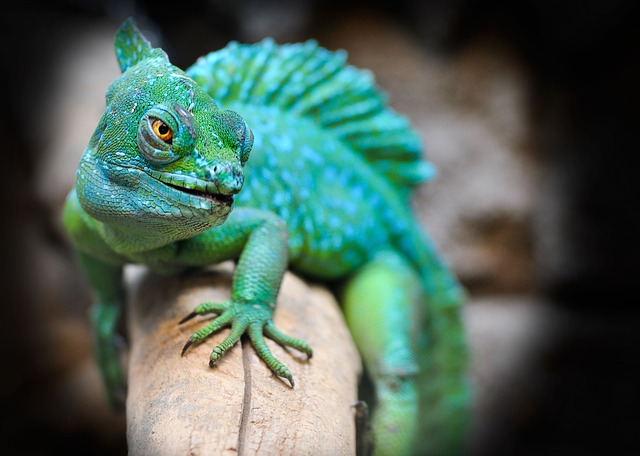Reptiles are animals without backbones and are said to be cold-blooded since their body temperature changes with their surroundings. Reptiles often adapt to their surroundings and can bear extreme weather. However, they are more active during summers, and during winters, they stop all their activities and come to a stop, also known as diapause. In this condition, the reptiles usually store their little fat to survive the extreme winter weather.
In-Depth: How Reptiles Cope During Extreme Weathers

Hot Weather
Reptiles are poikilo metric, which means that they rely on their surroundings to absorb heat in their bodies. Chameleons and geckos produce dark colours because they absorb the heat from the morning sun. This allows them to reduce less time in the open, which makes them vulnerable to predators.
Moreover, reptiles that live in desert areas can survive the extreme heat during the day and cold nights. Many species change their colour rapidly to adjust to the temperature around them. Some reptiles also use burrows to escape the hot climate during the day and maintain their temperature at night.
Cold Weather
Some reptiles die at the end of summer after laying eggs. For example, in spiders, the female spider dies after laying eggs, and in the spring, thousands of spiders are born. Some adult reptiles often go into a state of torpor. Where they usually find a secluded place and hide under a log to keep themselves warm. They have certain chemicals in their body that prevent them from freezing.
Some reptiles also overwinter in colonies under logs or any sheltered corner; however, if you find them in your garden while cleaning, make sure not to disturb them since they wake up in spring and eat pests.
Conclusion
Reptiles are animals that often become lazy during winters and active during summers. Low temperatures often make it hard for them to survive, but since their bodies have certain regulators, they often survive the extreme weather conditions.

